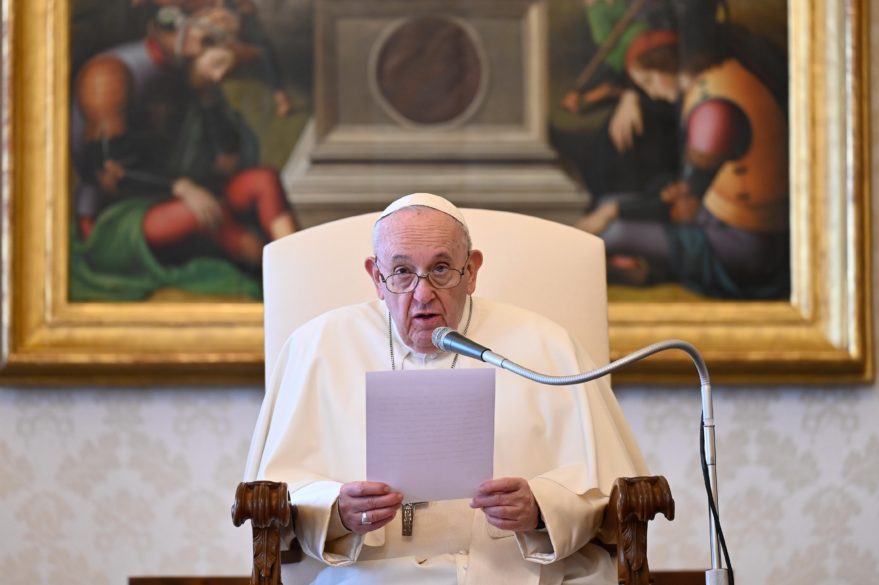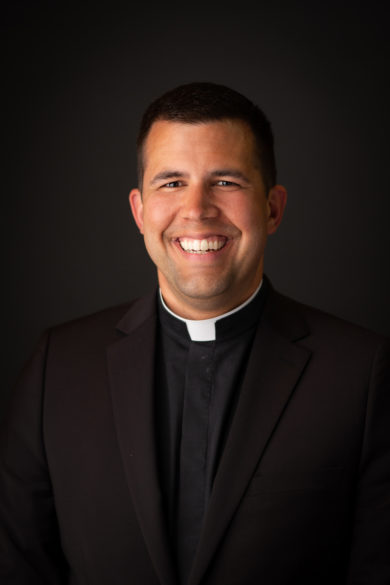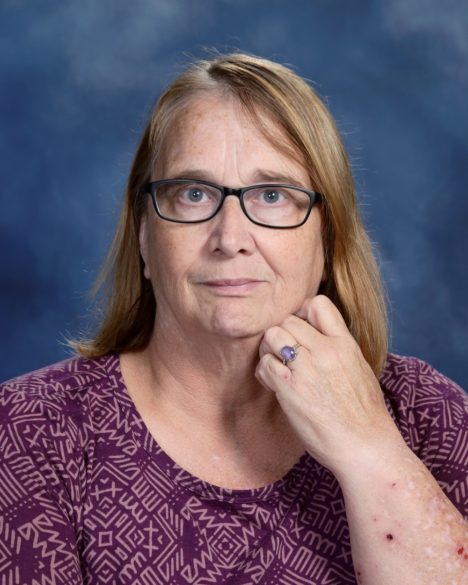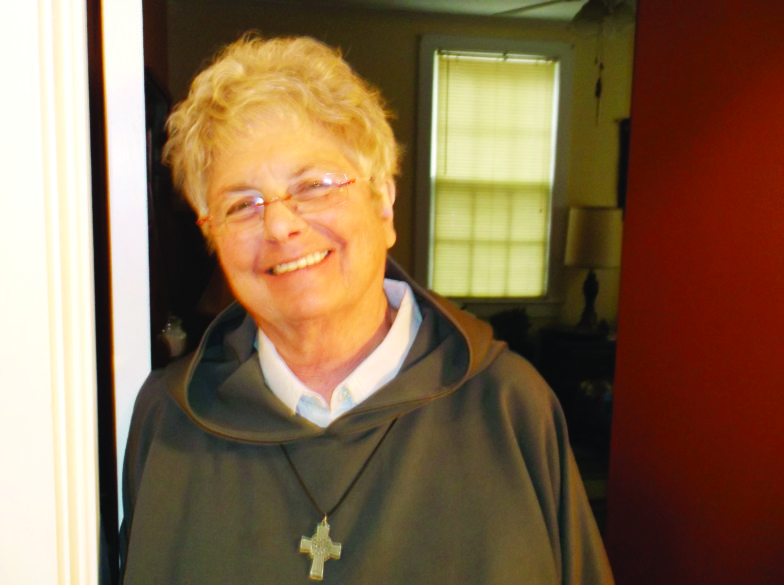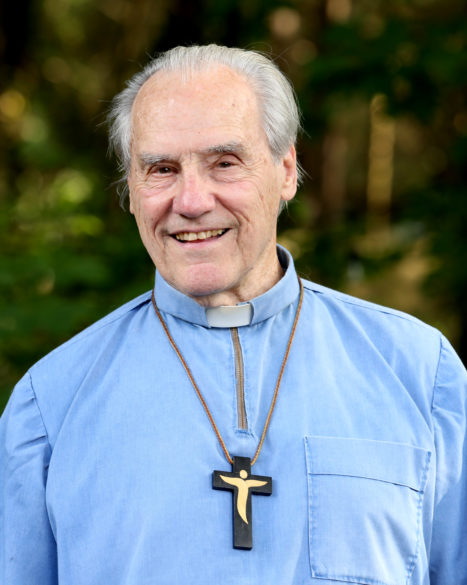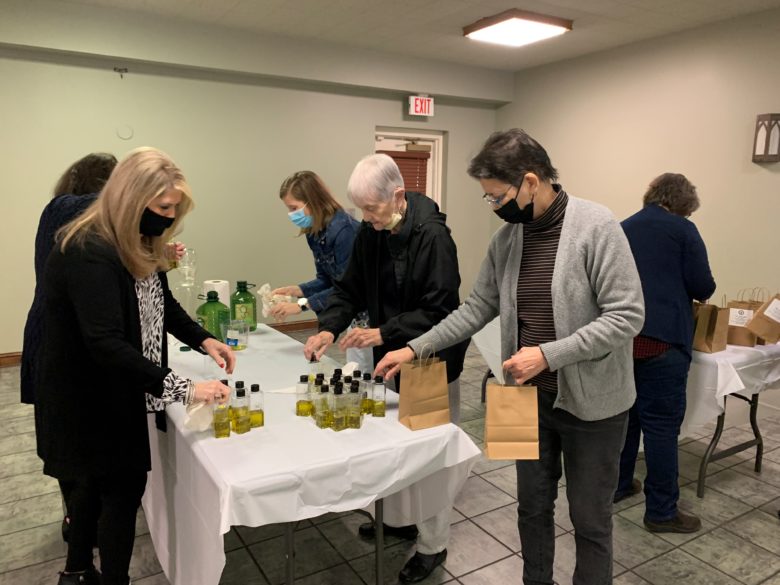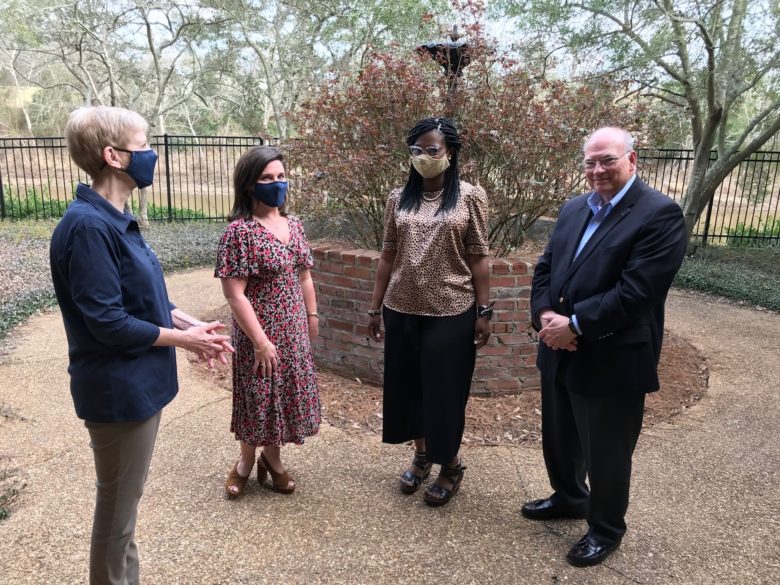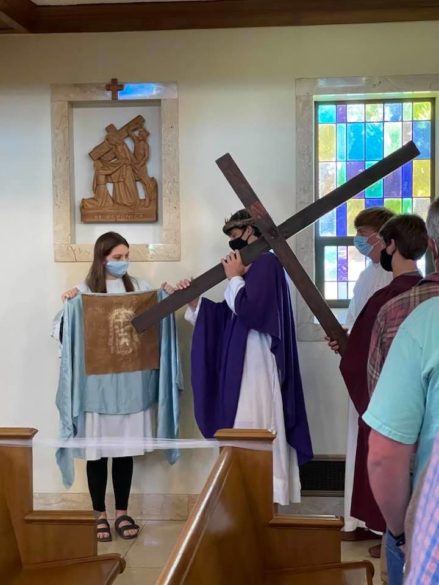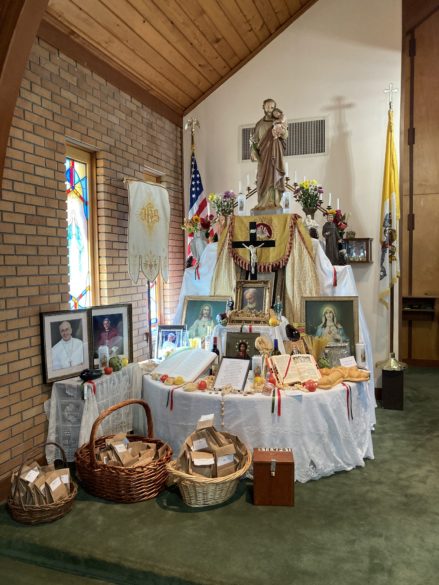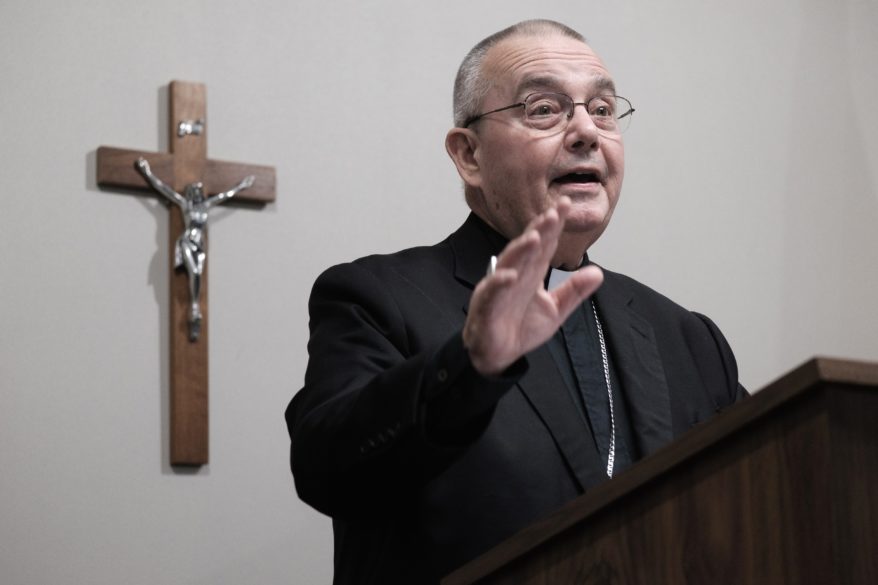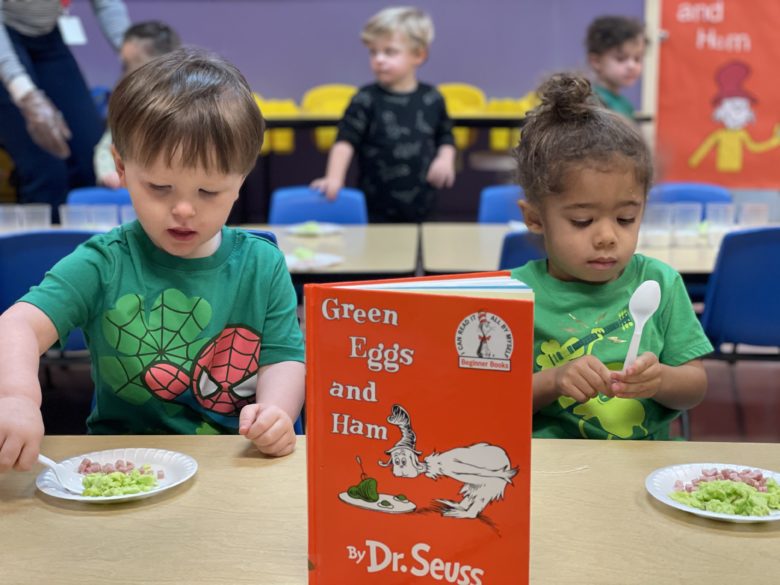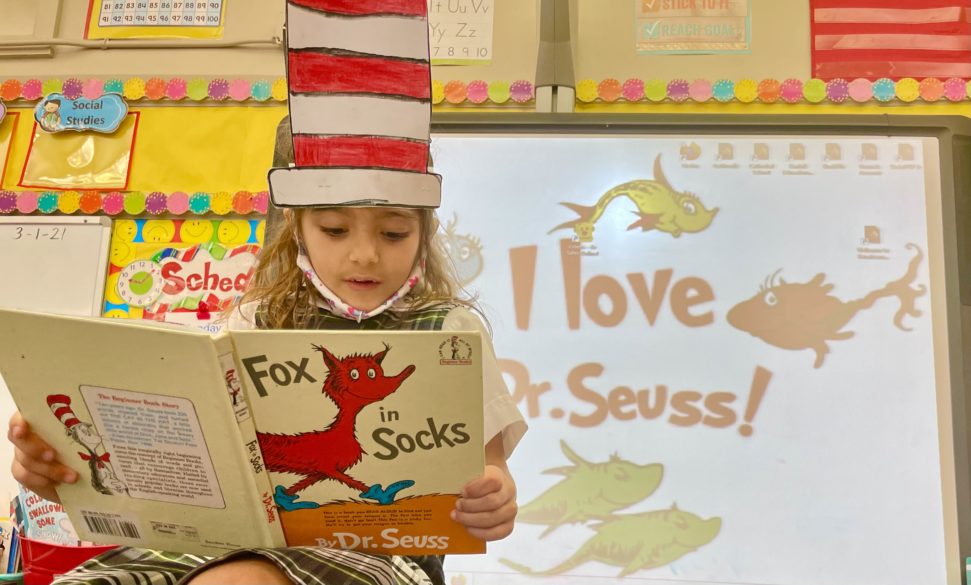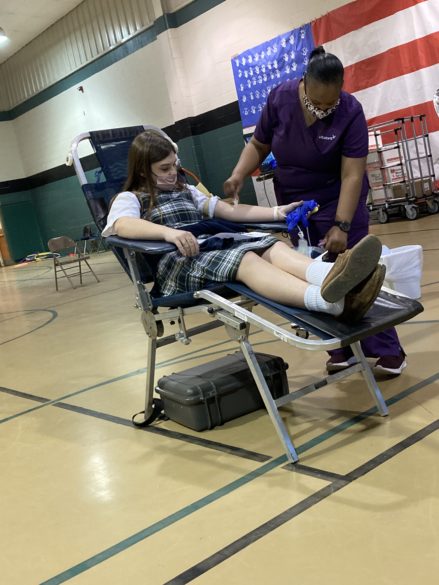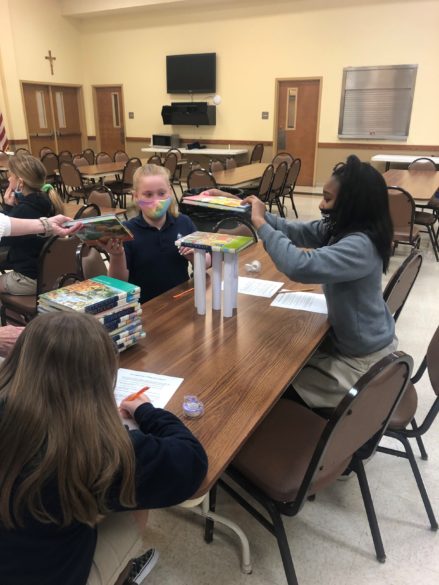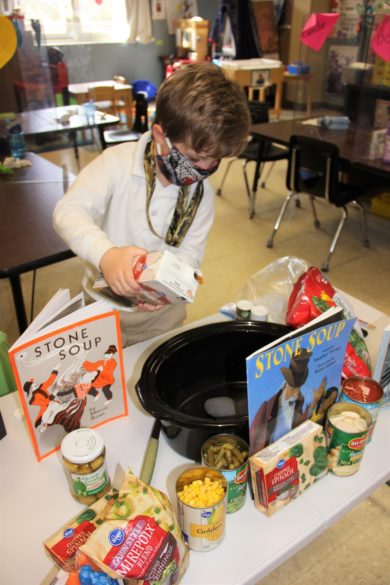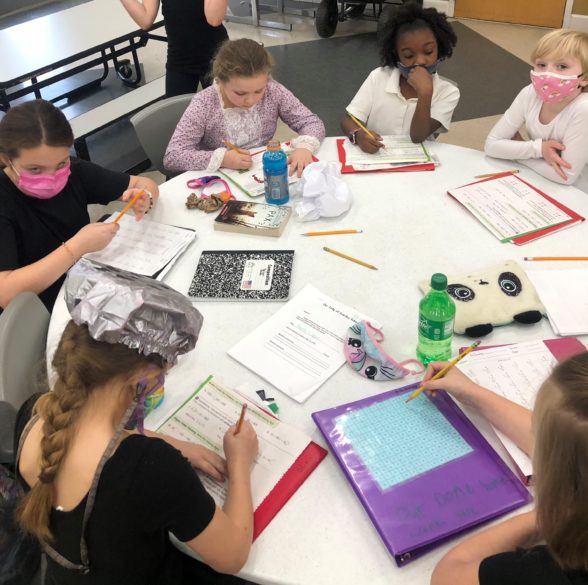Por Obispo Joseph R. Kopacz, D.D.
“Dios de eterna misericordia, que en el mismo momento de la fiesta pascual enciendes la fe del pueblo que has hecho tuyo, aumenta, te rogamos, la gracia que has concedido, para que todos capten y comprendan correctamente en qué Fuente han sido lavados, por cual Espíritu han renacido, por cuya Sangre han sido redimidos.”
Esta colecta de apertura del segundo domingo de Pascua (o de la Divina Misericordia) es la oración profunda del sacerdote celebrante en nombre de todos los reunidos para que todos puedan captar y comprendan correctamente el misterio del plan de salvación de Dios como discípulos bautizados en la muerte y la resurrección de Jesucristo.
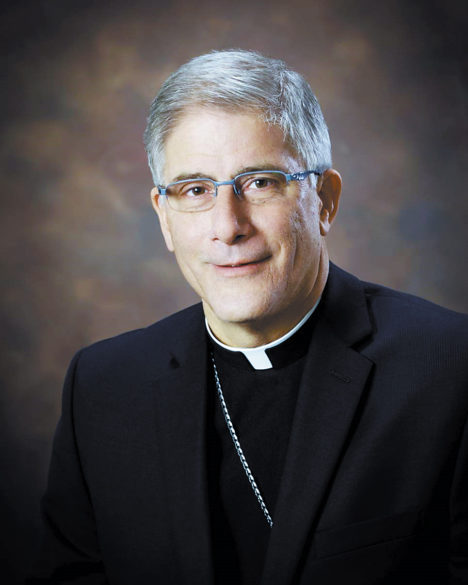
Éste es el Agua, la Sangre y el Espíritu de los que habla San Juan, elocuentemente en su primera carta. Esta es la esperanza de la Pascua que compartió San Agustín en uno de sus Sermones de la Octava de Pascua. “Este es el día de la octava de tu nuevo nacimiento. … Cuando el Señor resucitó, se despojó de la mortalidad de la carne; su cuerpo resucitado seguía siendo el mismo cuerpo, pero ya no estaba sujeto a la muerte. Por su resurrección, El consagró el domingo como el día del Señor.”
Como católicos somos un pueblo de una tradición que se remonta a casi 2000 años en la fuente de la Sagrada Escritura. Esto es evidente en el vínculo entre el Evangelio del Domingo de la Divina Misericordia y el Sacramento de la Confirmación ahora en curso en toda la Diócesis de Jackson.
El Señor crucificado y resucitado se apareció en el aposento alto, con su don de paz y el soplo del Espíritu Santo, a los 11 discípulos, acurrucados por miedo. La Confirmación se confiere con la Invocación del Espíritu Santo sellada en el Sagrado Crisma, y el propio saludo del Señor, “la paz sea contigo”. El Espíritu Santo está trabajando incesantemente en quien hemos renacido como nuevas creaciones para servir al plan divino de misericordia de Dios. Es un don y un misterio que reconcilia y levanta a los que están bajo el yugo del pecado y la vergüenza.
“Como el Padre me envió a mí, así también yo os envío”, así instruye Jesús a sus hermanos adoptivos. Ellos, con razón, podrían haber preguntado ¿a dónde nos envías, Señor? Sus órdenes de marcha eran claras, pero envueltas en misterio. Vaya, predique un Bautismo de arrepentimiento para el perdón de los pecados y haga discípulos de todas las naciones. El Bautismo de Arrepentimiento para el perdón de los pecados es la Fuente en la que hemos sido lavados, nuestra alianza con Dios renovada el Domingo de Resurrección.
La alegría con la que san Agustín se dirigió a los recién bautizados en Pascua es fruto del Espíritu Santo y un don de la paz del Señor. “Les hablo a ustedes que acaban de renacer en el bautismo, mis hijitos en Cristo, ustedes que son la nueva descendencia de la Iglesia, don del Padre, prueba de la fecundidad de la Madre Iglesia. Todos ustedes que están firmes en el Señor son una semilla santa, una nueva colonia de abejas, la flor misma de nuestro ministerio y el fruto de nuestro trabajo, mi gozo y mi corona.”
El Agua, el Espíritu y la Sangre son el cordón de tres hilos que no se pueden deshacer fácilmente. La sangre, el tercer elemento, se esparció por todas partes durante la pasión del Señor y junto con el agua fluyó del costado del salvador muerto en la cruz. En ese momento de la divina misericordia, vemos las aguas fluidas del Bautismo y el Sacramento del Cuerpo y la Sangre del Señor. Por primera vez durante el tiempo pascual, el banquete eucarístico está ahora abierto a los recién bautizados que pueden participar plenamente de los misterios del amor de Dios, fruto de la plena iniciación.
En la vida antes de la pandemia, leíamos sobre encuestas que revelaban que muchos católicos ya no creen en la presencia real del Cuerpo y la Sangre del Señor bajo la apariencia del pan y el vino. Este dogma central de nuestra fe ha sido un obstáculo para muchos desde el Discurso del Pan de Vida de nuestro Señor en el Evangelio de Juan. (Capítulo 6)
Lo siguiente está tomado de las Conferencias Catequéticas de San Cirilo de Jerusalén a los que están a punto de ser bautizados en el siglo IV. “Ya que Cristo mismo ha declarado que el pan es su cuerpo, ¿quién puede tener más dudas? Como él mismo ha dicho de manera bastante categórica, esta es mi sangre, ¿quién se atrevería a cuestionarlo y decir que no es su sangre? Por lo tanto, recibimos con total seguridad el pan y el vino como el cuerpo y la sangre de Cristo. … No consideres entonces los elementos eucarísticos como pan y vino ordinarios. De hecho, son el cuerpo y la sangre del Señor, como él mismo declaró. Lo que sea que te digan tus sentidos; sé fuerte en la fe“.
Como pueblo de tradición, y por la gracia de Dios, debemos asirnos y comprendamos correctamente la duración, el aliento, la altura y la profundidad de nuestra fe Pascual.

